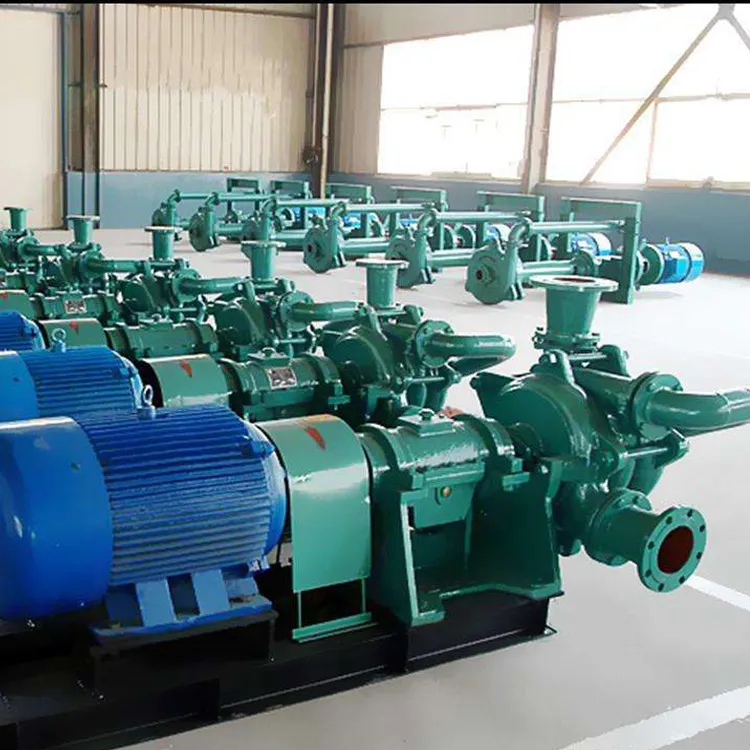Samoan
- Afrikaans
- Albanian
- Amharic
- Arabic
- Armenian
- Azerbaijani
- Basque
- Belarusian
- Bengali
- Bosnian
- Bulgarian
- Catalan
- Cebuano
- Corsican
- Croatian
- Czech
- Danish
- Dutch
- English
- Esperanto
- Estonian
- Finnish
- French
- Frisian
- Galician
- Georgian
- German
- Greek
- Gujarati
- Haitian Creole
- hausa
- hawaiian
- Hebrew
- Hindi
- Miao
- Hungarian
- Icelandic
- igbo
- Indonesian
- irish
- Italian
- Japanese
- Javanese
- Kannada
- kazakh
- Khmer
- Rwandese
- Korean
- Kurdish
- Kyrgyz
- Lao
- Latin
- Latvian
- Lithuanian
- Luxembourgish
- Macedonian
- Malgashi
- Malay
- Malayalam
- Maltese
- Maori
- Marathi
- Mongolian
- Myanmar
- Nepali
- Norwegian
- Norwegian
- Occitan
- Pashto
- Persian
- Polish
- Portuguese
- Punjabi
- Romanian
- Russian
- Samoan
- Scottish Gaelic
- Serbian
- Sesotho
- Shona
- Sindhi
- Sinhala
- Slovak
- Slovenian
- Somali
- Spanish
- Sundanese
- Swahili
- Swedish
- Tagalog
- Tajik
- Tamil
- Tatar
- Telugu
- Thai
- Turkish
- Turkmen
- Ukrainian
- Urdu
- Uighur
- Uzbek
- Vietnamese
- Welsh
- Bantu
- Yiddish
- Yoruba
- Zulu
Telephone: +86 13120555503
Email: frank@cypump.com
Nov . 13, 2024 04:01 Back to list
'understanding the importance of gland seals in slurry pump ...'
Understanding the Importance of Gland Seals in Slurry Pumps
Slurry pumps are essential components in various industrial processes, particularly in sectors like mining, mineral processing, and wastewater treatment. These pumps are designed to handle abrasive and viscous mixtures, which can cause significant wear and tear over time. Therefore, ensuring efficient operation and longevity of slurry pumps is vital, and one critical aspect that plays a significant role in this is the gland seal mechanism.
What are Gland Seals?
Gland seals are devices located at the pump shaft's entry point, designed to prevent the leakage of slurry between the rotating shaft and the static casing. Their primary function is to maintain hydraulic integrity within the pump, ensuring that the slurry remains contained while allowing the shaft to rotate freely. Gland seals can be made from various materials, including rubber, PTFE, and specialized composites, which are chosen based on the nature of the slurry being pumped and the operating conditions.
Importance of Gland Seals
1. Preventing Leakage The primary purpose of gland seals is to prevent the escape of slurry from the pump. Leakage can lead to several issues, including contamination of the surrounding environment and loss of efficiency. In industries such as mining or wastewater treatment, even minor leaks can lead to significant operational and environmental challenges. Thus, a well-functioning gland seal is paramount to prevent loss and maintain productivity.
'understanding the importance of gland seals in slurry pump ...'

2. Reducing Water Consumption Some slurry pumps use water as a form of lubrication or cooling for the gland. A properly sealed gland minimizes water consumption by preventing excessive leakage during operation. This is particularly important in water-scarce regions where minimizing water use is crucial for sustainable operations. Efficient gland seals help ensure that water is used judiciously, thereby enhancing overall operational efficiency.
3. Extending Pump Life Slurry pumps often deal with abrasive materials that can cause wear over time. A reliable gland seal minimizes the wear on the pump shaft and other components by keeping the internal environment of the pump clean and sealed. This prolongs the life of not only the gland seal itself but also the entire pump, leading to reduced maintenance costs and downtime.
4. Improving Safety In industries where hazardous or toxic materials are handled, an effective gland seal is essential for operator safety. Leakage from the pump can pose health risks to workers and potential harm to the environment. Thus, maintaining a functional gland seal is not only a question of performance but also a critical safety measure.
5. Facilitating Maintenance Gland seals can also simplify maintenance procedures. When they are designed for easy replacement, preventive maintenance becomes more manageable. Regular inspection and timely replacement of gland seals can prevent more significant failures and extend the operational life of the pump.
Conclusion
The significance of gland seals in slurry pumps cannot be overstated. They play a crucial role in preventing leaks, conserving water, extending the life of the equipment, enhancing safety, and simplifying maintenance. As industries continue to evolve and demand more from their equipment, understanding the importance of gland seals is vital for ensuring operational efficiency and sustainability. Proper selection, installation, and maintenance of gland seals can significantly impact the performance and reliability of slurry pumps, underscoring their critical role in the pumping systems of today’s industrial landscape.
-
Horizontal Split Case Pump with GPT-4 Turbo | High Efficiency
NewsAug.01,2025
-
ISG Series Pipeline Pump - Chi Yuan Pumps | High Efficiency, Durable Design
NewsAug.01,2025
-
Advanced Flue Gas Desulfurization Pump with GPT-4 Turbo | Durable & Efficient
NewsJul.31,2025
-
ISG Series Vertical Pipeline Pump - Chi Yuan Pumps | Advanced Hydraulic Design&Durable Construction
NewsJul.31,2025
-
ISG Series Vertical Pipeline Pump - Chi Yuan Pumps | Energy Efficient & Low Noise
NewsJul.31,2025
-
pipeline pump - Chi Yuan Pumps Co., LTD.|High Efficiency&Low Noise
NewsJul.31,2025










